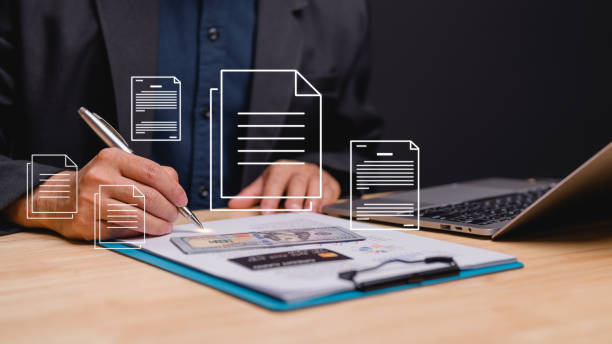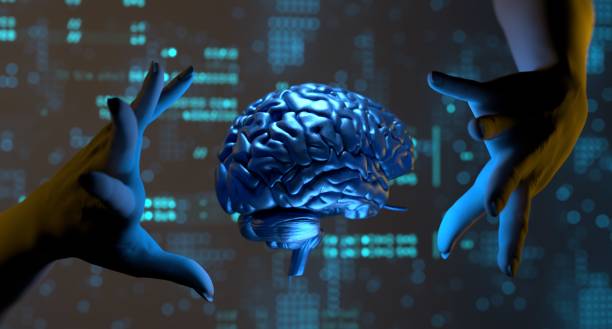What is On-Page SEO and Why is it Important?
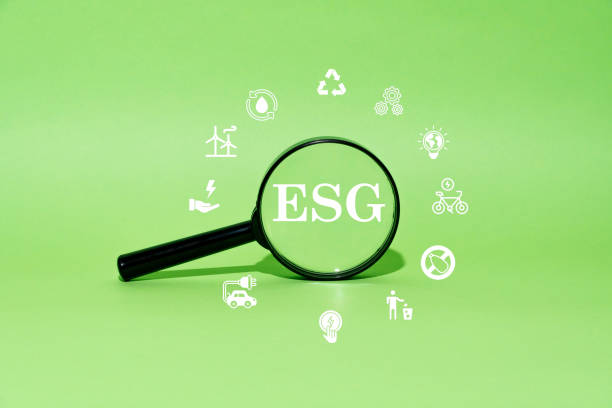
On-Page SEO refers to a set of actions performed within a website and on its pages to improve the site’s ranking in search engines like Google.
These actions include content optimization, using appropriate keywords, improving site structure, and increasing page loading speed.
The importance of On-Page SEO lies in the fact that it helps search engines better understand the content of the site and display it to users who are looking for related information.
By doing On-Page SEO correctly, you can increase your site’s organic traffic and get closer to your business goals.
On-Page SEO is an ongoing process and requires review and updates to keep pace with changes in search engine algorithms.
Also, On-Page SEO helps improve User Experience, as optimized sites are usually faster and more user-friendly.
To better understand the concept of On-Page SEO, it can be likened to cleaning and tidying up the house; the more organized and beautiful the house, the more guests it attracts.
A strong On-Page SEO strategy can have a significant impact on your website’s visibility.
This strategy includes #keyword_research, optimizing title and meta tags, improving URL structure, and creating high-quality, relevant content.
Tired of losing business opportunities due to not having a professional corporate website? Don’t worry anymore! With Rasaweb corporate website design services:
✅ Your brand’s credibility and professionalism increase.
✅ You attract more customers and sales leads.
⚡ Get a free consultation to get started now!
Keyword Research: The Foundation of On-Page SEO
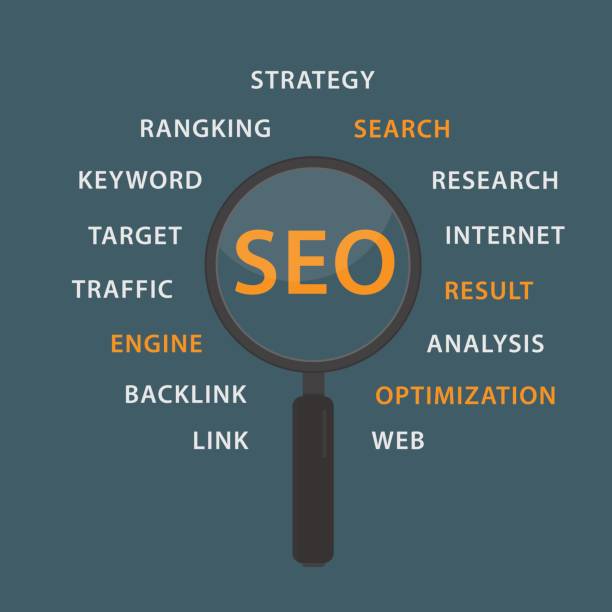
Keyword research is the process of identifying the words and phrases that users use to search for information in search engines.
These keywords should be relevant to your website’s content so that you can attract appropriate organic traffic.
There are various tools available for keyword research, such as Google Keyword Planner, Ahrefs, and SEMrush.
Using these tools, you can find search volume, competition, and related keywords.
Choosing the right keywords is the first step to a successful On-Page SEO strategy.
After identifying keywords, you should use them naturally and without exaggeration in your content.
Excessive use of keywords (Keyword Stuffing) can harm your site’s ranking.
You should also use keywords in the title, meta, and URL tags of your pages.
Remember that your main goal should be to provide valuable and relevant content to users, not just optimizing for search engines.
Other useful tools for keyword research include Moz Keyword Explorer and Wordtracker.
These tools help you identify high-potential keywords and adjust your content strategy based on them.
Useful links for better understanding keyword research: ahrefs , Moz
Optimizing Title and Meta Tags to Attract Users
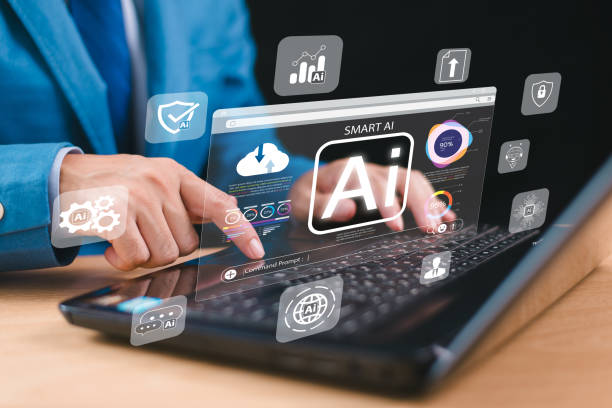
Title Tags and Meta Descriptions are HTML elements that are displayed in search results and play an important role in attracting users to your website.
The title tag should briefly and accurately describe the content of the page and include the main keyword.
The meta description should provide an engaging and concise summary of the page’s content and encourage users to click on your link.
Both the title tag and meta description should be unique and relevant to the content of each page.
Using duplicate title and meta description tags can harm your site’s ranking.
The length of the title tag should not exceed 60 characters and the length of the meta description should not exceed 160 characters, as search engines may shorten them.
Optimizing title and meta description tags is one of the most important steps in On-Page SEO and can have a significant impact on increasing organic traffic.
For example, if your page is about “SEO Training,” the title tag could be “SEO Training: A Comprehensive Guide for Beginners” and the meta description could be “On this page, learn about the basics of SEO and site optimization techniques.”
| Topic | Title Tag | Meta Description |
|---|---|---|
| SEO Training | SEO Training: A Comprehensive Guide for Beginners | On this page, learn about the basics of SEO and site optimization techniques. |
| Buy Mobile Phone | Buy Mobile Phone: Best Prices and Models | Types of mobile phones with the best price and specifications. Buy online and get immediate delivery. |
| Hotel Reservation | Hotel Reservation: Book Hotels Online with Special Discounts | Book hotels online throughout Iran and the world with the best prices and special discounts. |
Improving URL Structure: Creating Short and Descriptive Links

URL structure plays an important role in On-Page SEO.
Short, descriptive, and content-related URLs help search engines and users better understand the topic of the page.
URLs should include main keywords and avoid using special characters and unnecessary numbers.
For example, instead of using a URL like “example.com/page?id=123”, use a URL like “example.com/seo-internal-guide”.
You should also use a logical and hierarchical URL structure to organize the pages of your site.
This helps search engines better understand your site structure and connect related pages.
In addition, using HTTPS instead of HTTP is also an important factor in On-Page SEO, as HTTPS is a secure protocol that encrypts information between the user and the server.
Useful link about URL structure: Moz
Doesn’t your current online store design generate the sales you expect?
Rasaweb specializes in professional online store design!
✅ An attractive and user-friendly site aimed at increasing sales
✅ High speed and security for an ideal shopping experience⚡ Get a free consultation on online store design with Rasaweb!
Optimizing Images: Reducing Size and Using Alt Text
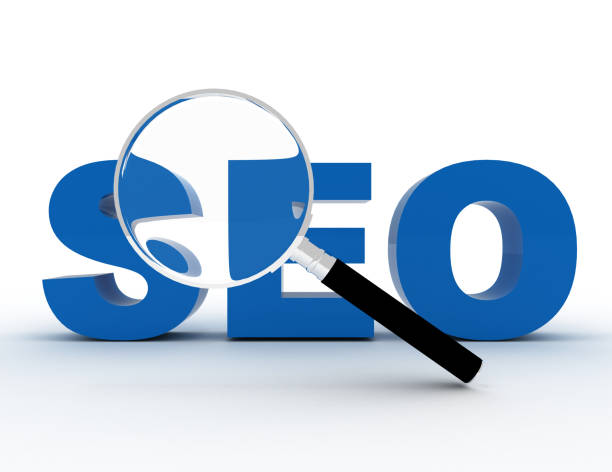
Images play an important role in attracting users and improving the user experience, but if they are not optimized, they can slow down page loading speed and harm your site’s On-Page SEO.
To optimize images, you should reduce their size and use appropriate formats such as JPEG or PNG.
You should also use Alt Text to describe images.
Alt text helps search engines understand the topic of images and display them in search results.
Alt text should be short, descriptive, and include relevant keywords.
For example, if your image is a company logo, the alt text can be “Company logo [company name]”.
Using high-quality and optimized images can help improve the user experience and increase your site’s organic traffic.
In addition, using a CDN (Content Delivery Network) can also help improve the loading speed of your images and other site files. A CDN is a network of servers that stores your site’s content in different geographical locations and delivers it to users who access it from the server closest to them.
High-Quality Content: The King of On-Page SEO
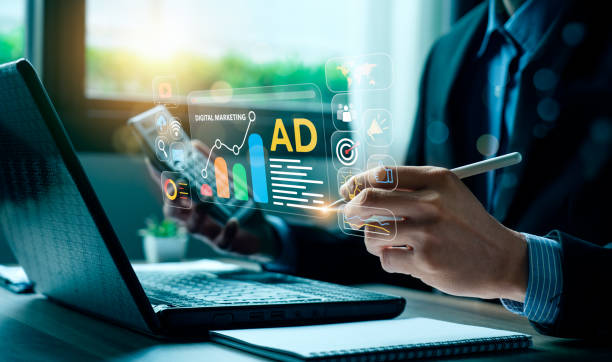
High-quality content is the main factor in On-Page SEO.
Your content should be valuable, relevant, and unique and meet the needs of users.
Producing high-quality content can help increase organic traffic, improve site ranking, and increase user engagement.
To produce high-quality content, you must first research and identify topics that users are interested in.
Then, you should produce content that comprehensively and accurately addresses these topics and provides users with useful information.
Your content should be readable and understandable, and avoid using complex sentences and technical terms.
Also, you should update your content regularly so that the information is always correct and relevant.
Producing high-quality content is a long-term investment that can help your site’s On-Page SEO succeed.
Remember that your content should be written for users, not just for search engines.
If your content is valuable to users, search engines will also find it valuable.
Improving Page Loading Speed: Key to Better User Experience

Page loading speed is an important factor in On-Page SEO and user experience.
Users who have to wait a long time for a page to load may leave your site and visit another site.
This can lead to reduced organic traffic, reduced site ranking, and increased Bounce Rate.
To improve page loading speed, you should reduce the size of your site’s files, use a fast and reliable hosting service, and use Caching techniques.
You should also optimize your images, compress your HTML and CSS code, and use a CDN.
Improving page loading speed can help increase organic traffic, improve site ranking, and improve user experience.
There are various tools available for testing page loading speed, such as Google PageSpeed Insights and GTmetrix.
Using these tools, you can identify and fix problems related to your site’s speed.
| Factor | Description |
|---|---|
| File size | The large size of images, videos, and other files can slow down page loading speed. |
| Hosting | Using a slow and unstable hosting service can slow down page loading speed. |
| Cache | Using caching techniques can increase page loading speed by storing site files in the user’s browser. |
Internal Linking: Creating Connections Between Site Pages

Internal linking refers to the process of creating links between different pages of your site.
This helps search engines better understand your site structure and connect related pages.
Internal linking can help improve site ranking, increase organic traffic, and improve user experience.
For internal linking, you should create links from related pages to each other and use descriptive and relevant Anchor Text.
For example, if you have a page about “On-Page SEO“, you can create a link to it from another page that is about “Off-Page SEO” and use the anchor text “On-Page SEO“.
Avoid linking too much to one page and try to place the links naturally and without exaggeration in your content.
Internal links also help users easily navigate your site and find the information they need.
Useful link about internal linking: ahrefs
Are you tired of your company’s website not being seen as it should and losing potential customers? Solve this problem forever with professional and effective website design by Rasaweb!
✅ Increase brand credibility and gain customer trust
✅ Attract targeted sales leads
⚡ Contact us now to receive a free consultation!
Mobile Optimization: Ensuring Site Compatibility with Mobile Devices

With the increasing use of mobile devices to search the internet, mobile optimization has become a critical factor in On-Page SEO.
Google gives a better ranking to sites that are optimized for mobile.
For mobile optimization, you should use a Responsive Design that automatically adapts your site to the screen size of different devices.
You should also improve your page loading speed on mobile devices and use appropriate fonts and images for these devices.
Testing your site on different mobile devices and making sure everything works correctly is very important.
Lack of mobile optimization can lead to reduced organic traffic, reduced site ranking, and increased bounce rate.
Continuous Review and Updates: The Secret to Longevity in On-Page SEO
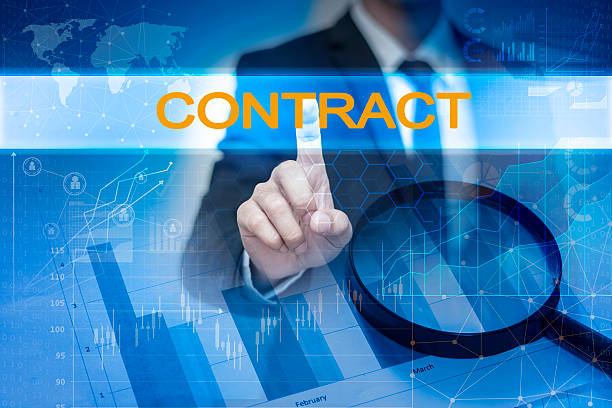
On-Page SEO is an ongoing process and requires review and updates.
Search engine algorithms are constantly changing and techniques that are effective today may not work tomorrow.
To be successful in On-Page SEO, you should regularly check your site’s performance, update your keywords, produce new content, and fix broken links.
You should also pay attention to changes in search engine algorithms and adjust your On-Page SEO strategy accordingly.
Using analytical tools such as Google Analytics and Google Search Console can help you review and improve your site’s performance.
Remember that On-Page SEO is a marathon, not a sprint.
With effort and perseverance, you can achieve your desired results in On-Page SEO and increase your site’s organic traffic.
On-Page SEO means paying attention to details and continuous effort.
Frequently Asked Questions
| Question | Answer |
|---|---|
| What is On-Page SEO? | It refers to a set of actions performed within a website to improve ranking in search engines. |
| Why is On-Page SEO important? | Because it helps search engines better understand your site’s content and structure and improves the user experience. |
| What are the most important elements of On-Page SEO? | Title and meta descriptions, keywords, URL structure, high-quality content, image optimization, internal linking, and site speed. |
| How do we optimize Title Tag and Meta Description? | The title should include the main and attractive keyword, and the meta description should be a persuasive summary of the content with related keywords. |
| What is the role of keywords in On-Page SEO? | Keywords let search engines understand what the page content is about and should be used naturally and intelligently in the text. |
| How is image optimization for On-Page SEO done? | By compressing the size, using a descriptive file name, and filling the Alt tag with relevant descriptions and keywords. |
| What is internal linking and what is its application? | It is connecting different pages of the site to each other. This helps distribute the authority of the pages (Page Authority) and improves search engine crawling. |
| What is the importance of site loading speed in On-Page SEO? | High speed improves the user experience and is one of the important ranking factors for search engines such as Google. |
| What impact does a site’s Mobile-Friendliness have on On-Page SEO? | Given the increase in mobile users, responsiveness is essential to providing a good user experience on all devices and prioritizing Google’s mobile index. |
| What are the important factors related to content in On-Page SEO? | Originality, quality, comprehensiveness, readability, appropriate use of headings (H1, H2, …) and regular content updates. |
And other services of Rasa Web advertising agency in the field of advertising
Smart Reportage: A fast and efficient solution to increase site visits by focusing on Google Ads management.
Smart Linking: An innovative platform to improve customer behavior analysis using real data.
Smart Marketplace: A fast and efficient solution to increase site visits by focusing on intelligent data analysis.
Smart Content Strategy: A combination of creativity and technology to manage campaigns by using real data.
Smart Website Development: A dedicated service to increase click-through rates based on the use of real data.
And more than hundreds of other services in the field of internet advertising, advertising consulting and organizational solutions
Internet Advertising | Advertising Strategy | Advertorial
Resources
On-Page SEO Guide in Search Engine Journal
,Comprehensive On-Page SEO Guide from Ahrefs
,On-Site Optimization on Moz
,On-Page SEO: The Complete Guide from Semrush
? Are you ready to transform your business in the digital world? Rasaweb Afarin, a leading digital marketing agency, with expertise in SEO, online advertising and responsive website design, helps you reach the peak of success and have a strong presence on the web.
📍 Tehran, Mirdamad Street, next to the Central Bank, Southern Kazerun Alley, Ramin Alley No. 6
“`

